Western Music History – 4 –
The history of Western music is explained.
This blog explains Classical.
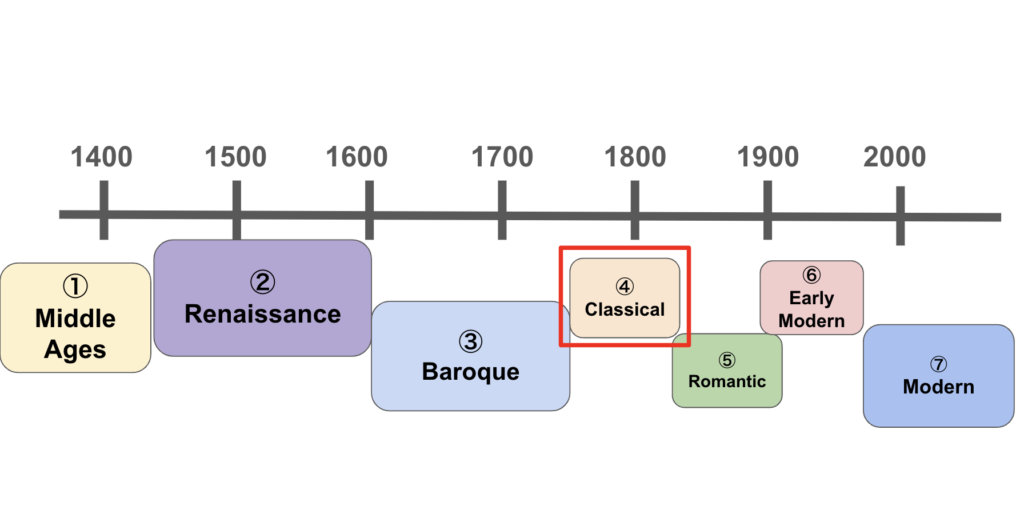
- Middle Ages
- Renaissance
- Baroque
- Classical
- Romance
- Early Modern
- Modern
4. Classical Era

An Age of Upheaval – Technological Innovation and Changing Consciousness
The Classical Era was born out of a rebellion against the absolute monarchy of the Baroque Era and symbolized the pursuit of rationality and individual freedom.
There were three major historical events: the first was the “Industrial Revolution” that took place in England from the mid-18th century to the 19th century; the second was the “American Declaration of Independence” that practiced breaking away from England in 1776; and the “French Revolution” that occurred from 1789 to 1799.
The Industrial Revolution was a major social revolution, but it was accepted by the general public, probably because of the long term nature of the reforms.

The second was the American Declaration of Independence. At that time, England was the center of the world in terms of military power, politics, economics, and the arts, and London attracted talented people from all over Europe. The U.S. declared independence from the overwhelming British presence and won its freedom.

And then there was the French Revolution. If the Industrial Revolution was the establishment of rational thought and the American Declaration of Independence was the overthrow of world common sense, the French Revolution is said to have “won individual freedom and rights,” including “the abolition of feudalism” and “equality for all people through the Declaration of Human Rights.

These three events have changed the world to an era in which individuals can believe in their “potential” and have dreams.
A Competitive Society Born of Freedom and Rights – The Artist’s Way of Life –
With the abolition of the feudal system, the environment for musicians also changed. Handel and Bach, who had created court and church music to suit the wishes of those in power, were transformed into businesses that created music for the enjoyment of the people with the fall of those in power.
During this era, the “artist” way of life became more common, the profession of musician became more popular, and competition among musicians increased.

The center of music during the Classical and Romantic periods shifted to Austria and Germany, where Vienna in particular flourished as the capital of music. In search of work, talented musicians gathered from all over the country and worked hard to achieve a socially recognized status.
Popular composers’ music became a popular business, as their musical score became more valuable, and they received more compensation for their performances as they became more famous.

The Science of Classical Music, Formed by Equanimity, Rationality, and Harmony
Baroque music, which was primarily polyphonic music, became classical music, which was primarily homophonic music of functional harmony. The rationality of the Enlightenment was reflected in music, and as “form-oriented music,” sonata form and rondo form music were born.
The sonata form consists of five sections, which is a particular characteristic of classical musicians who “approach music theoretically. The five sections are “Introduction,” “Introduction A,” “Development B,” “Reproduction A,” and “Ending,” with the three most important sections being “Introduction A,” “Development B,” and “Reproduction A.” Musicians compete with each other in this process to show their sense of style.
In fact, this “A-B-A” structure was already established in the Baroque era and was used in operatic arias. However, the focus of the aria was not on the composer but on the opera singer singing the final A part beautifully, so the focus was on the singer.
In classical music, the composer expressed his own ideas. The difference between the two eras can be seen in the aria form of the Baroque era, which focused mainly on the expression of emotion, and the sonata form of the Classical era, which focused mainly on rationality.
When my husband was a music student, his teacher repeatedly told him that ”Western music has an essential “growth” theme” Even if the music was chemically modified, it did not upset the balance of the music’s beauty, probably because human intuition was at work.
The other basic form of the rondo form is “A→B→A→C→A,” and this one also maintains the habit of returning to the origin of the subject, A.
Music of the Classical era, along with the enrichment of musical instruments, shifted from vocal to instrumental music, and the variation of expressive power expanded dramatically.
Classical Music Faces Restrictions as Popular Music
Ease of understanding,” which is acceptable to all, was the theme of Classical music, and the complex polyphonic music of the Baroque music of the previous era was shunned. Classical music consists of simple, easy-to-understand melodies that are easy to listen to.

While Bach’s music has complex and dizzying changes in harmony, Mozart’s and Haydn’s music changes slowly and is accompanied by a slow repetition of a single harmony, making the rhodies easy to understand.
Opera, too, has changed from the mythological and royal and aristocratic themes of the Baroque period to the more popular comedic themes that are easily accepted by the common people.
Among Mozart’s many operas, “The Marriage of Figaro” and “The Magic Flute” are representative.

Perfection of the Piano, Classical Music and the Music Box
The immature instrument that was born during the Baroque period matured and was enriched as a stringed instrument and woodwind instrument during the Classical period. The Viennese classical composers Haydn, Mozart, and Beethoven composed numerous symphonies and concertos that took full advantage of the new sound. The piano was also born during this period, and solo piano pieces were also composed.

The piano is so expressive that it is said to be the instrument that sums up an orchestra. Its beauty of tone is outstanding among keyboard instruments. The number of musicians who loved such a revolutionary instrument exploded, and the functional harmony method and easy-to-understand melodies of classical music are also an excellent match.
Just at this time, the cylinder music box was also produced: Antoine Fabre, a Swiss watchmaker, developed the cylinder music box in the 1780s, but early music boxes were handmade by watchmakers and were extremely expensive. They were imported to Japan from the Netherlands in 1804-1830.

This music box, like the piano, is an excellent companion to classical music, but it is buried under the vast amount of masterpieces from the Romantic period.
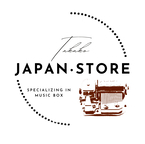
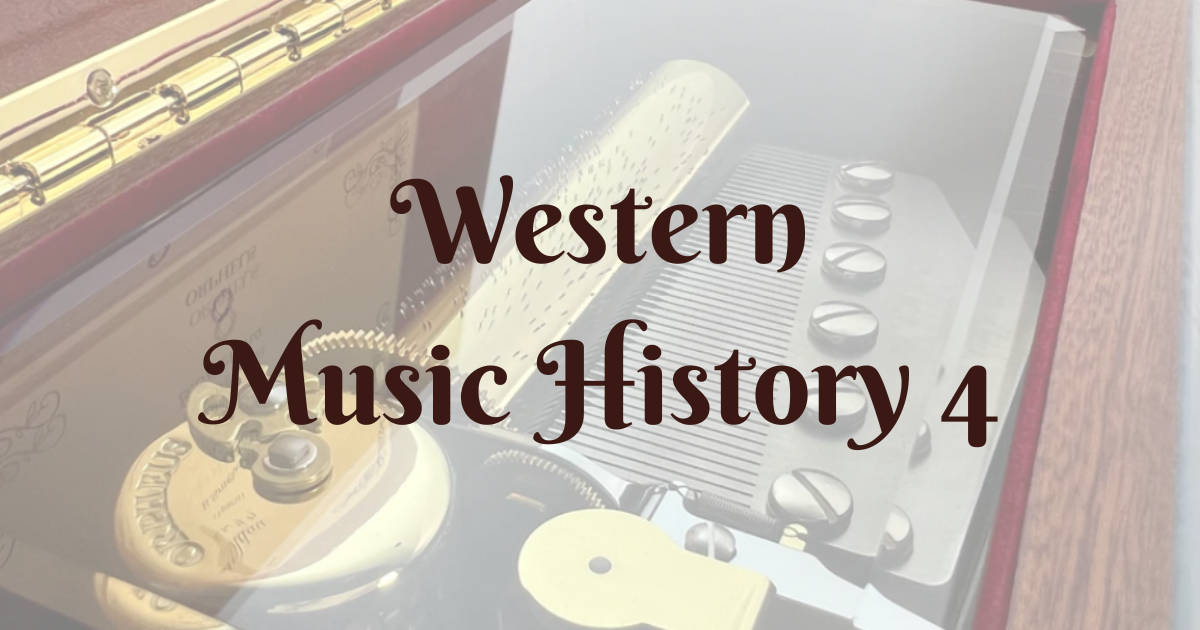

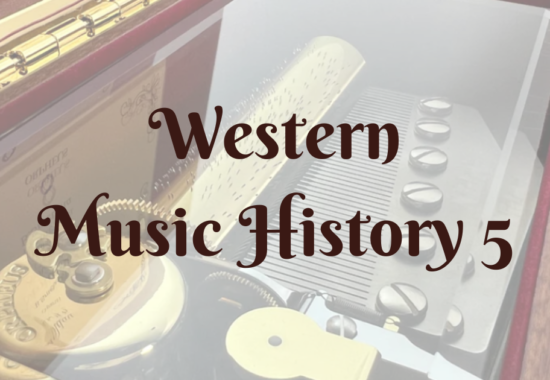
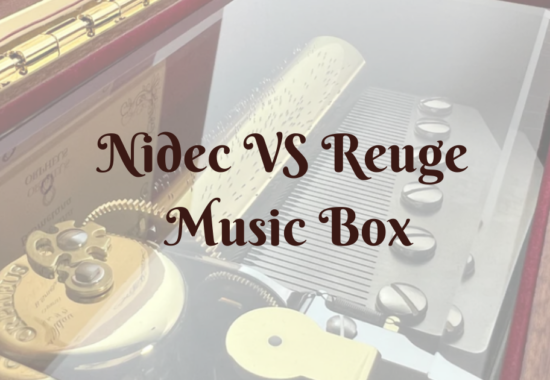
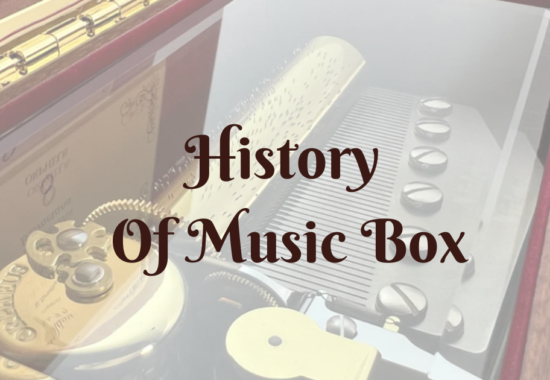
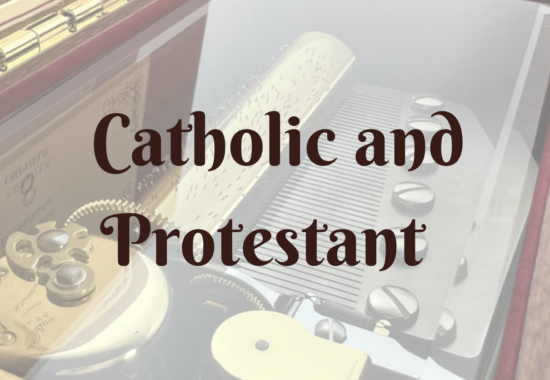
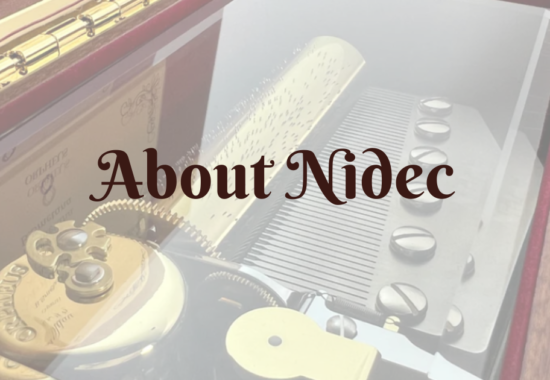
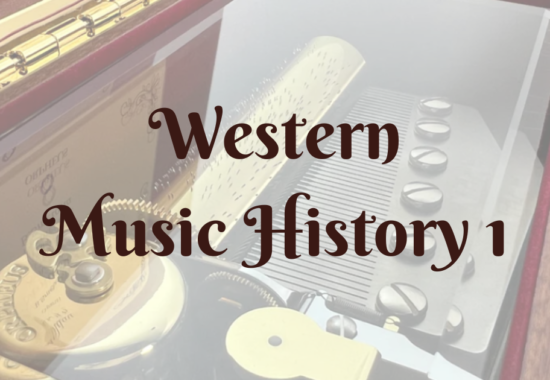
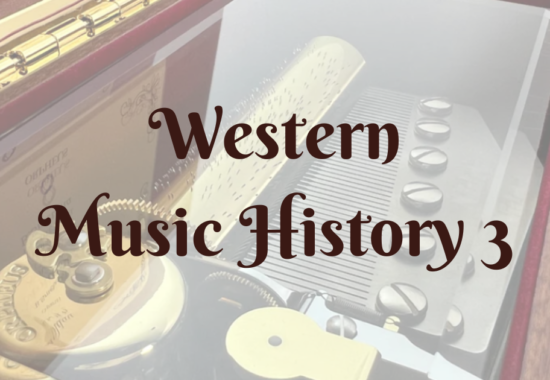
この記事へのコメントはありません。